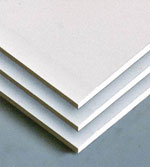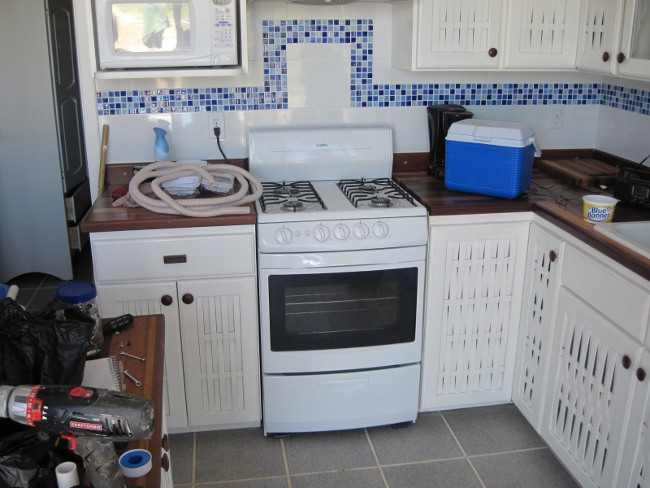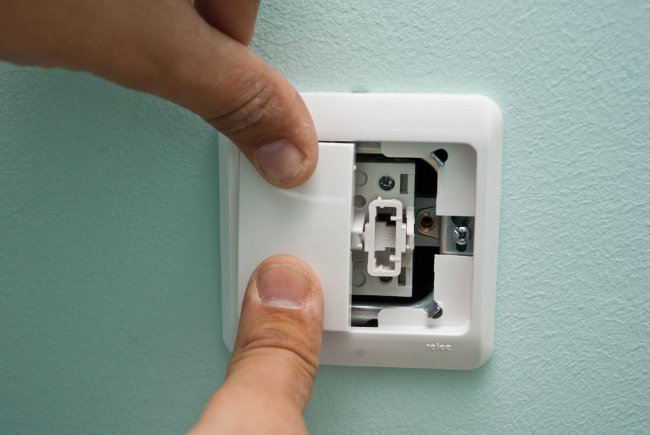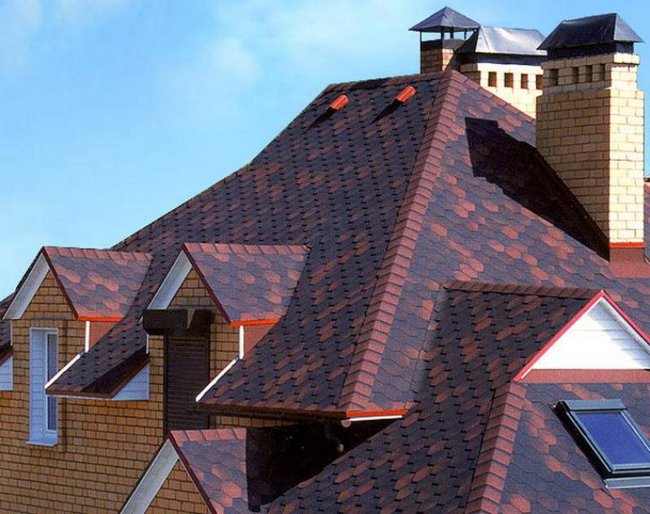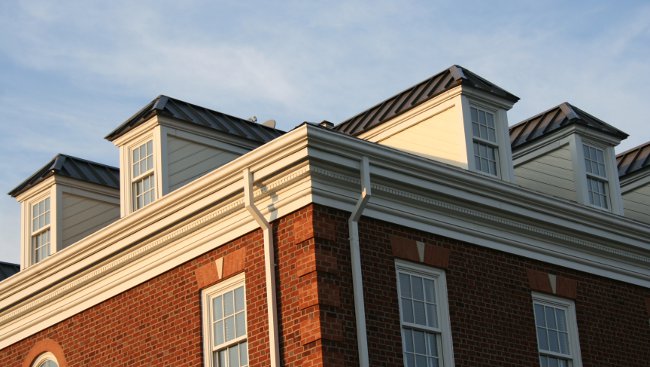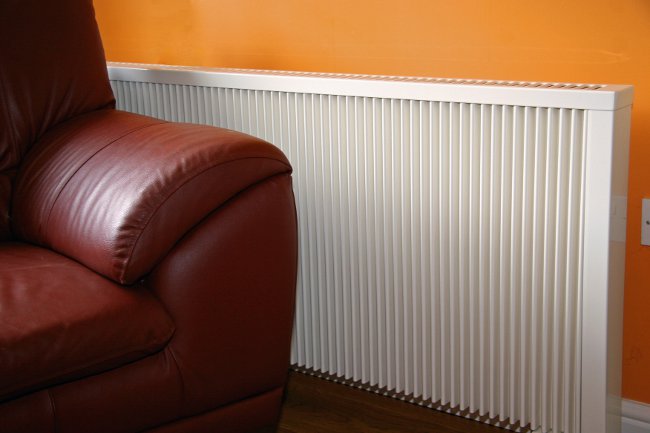Installation of the gas pipeline

Installation of the gas pipeline must necessarily be carried out by specialists. The same goes for repairs. At gasification of this or that object, a project is prepared, which provides for the diameter and material of the pipes, their location and fastening, as well as the types of connections used.
Before installation, measurements are taken, and then knots and separate parts of the future gas pipeline are made. In large-scale construction, centralized workshops are created in which all necessary parts are produced. If the volume of work is small, mobile workshops are used, which are 1-2 trailers delivered to the object by car.
Installation of a gas pipeline inside buildings begins with the installation of a so-called input device. First, in the lower part of the outer wall of the building, a hole is punched, into which will be installed case. Further through it is passed the pipe and to itsend of the riser. As a rule, welding is used for the joints. The riser is located vertically along the wall at a distance of 20 millimeters and is attached to it by means of special hooks.
Cases are also installed in places of passage of gas pipes through interstitial floors, partitions and staircases. Intra-apartment layouts are trying to do with a minimum number of welded joints, using pipes of great length.
Pipes, whose diameter is 150 millimeters with a wall thickness of 5 millimeters, it is allowed to weld with gas welding. With regard to the material for the manufacture of pipes,Materials used for the gas pipeline are made of low-alloy and low-carbon steel. Pipes are also divided according to the method of production into seamless and suture.
Another installation of the gas pipeline implies use of fittings - small parts with pipe threads (couplings, elbows, tees, crossings, adapters, plugs and so on). These parts are usually made of steel or cast iron.
There are accepted standards for welding, as well as fixing pipes. Before welding it is necessary prepare a place. The pipe ends must be cut and stripped to a length of 10 millimeters. Hooks for fixing pipes should be placed at a distance of no more than 2 meters with a pipe diameter of 25 millimeters. Fasteners should allow easy inspection of pipes to detect damage, as well as to give the opportunity to perform various repairs. The ends of the fastenings, as a rule, are driven into wooden plugs and filled with cement mortar.
All threaded connections must be assembled using long fiber flax. First, the thread is lubricated with a special white or surrey, and then a 15-millimeter flax tape is wound on it clockwise. In addition to flax, you can use a tape (fluoroplastic sealing material). This tape does not require lubrication, and only two of its speed is enough to securely tighten the threaded connection.
When installing a gas pipeline Use special lever wrenches with parallel sponges with notches for better grip on the part. When working with such keys, the force must be applied from the side of the flat lever. Otherwise, there is a risk of poor adhesion, which will lead to a tool breakdown from the part.
As you could see, The installation of a gas pipeline is a rather complicated process, which must be performed by qualified masters under the guidance of specialists.

